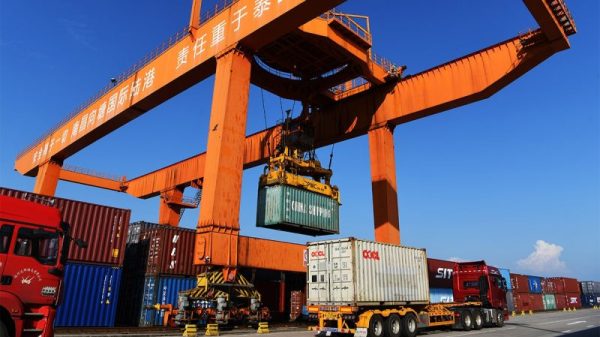 That’s quite a rapid scenario for any market, including tech stocks. In general, tech-stock bubbles are formed when there is a sudden and excessive surge in the prices of technology company shares, driven by speculator enthusiasm rather than by fundamental economic factors such as earnings growth or dividends.
That’s quite a rapid scenario for any market, including tech stocks. In general, tech-stock bubbles are formed when there is a sudden and excessive surge in the prices of technology company shares, driven by speculator enthusiasm rather than by fundamental economic factors such as earnings growth or dividends.
This enthusiasm, in turn, could be fueled by factors such as new technological developments, changes in legislation, or macroeconomic trends. When such enthusiasm results in unsustainably high prices and unrealistic expectations, a market correction often follows, leading to a sharp drop in prices – the bursting of the bubble.
Now, while it is theoretically possible for a tech-stock bubble and burst to happen within a three-week period, in practice it’s unusual. Most stock market movements, including bubbles and bursts, unfold over somewhat longer timeframes, often months or years.
However, with the advent of algorithmic trading and the increasing speed at which information is disseminated and processed, faster market fluctuations could potentially occur. Regardless, such a rapid bubble and burst would likely lead to considerable volatility and could result in significant financial losses for those caught unprepared.
As always, careful analysis of market fundamentals, diversification of investments, and consideration of one’s own financial situation and tolerance for risk are key.
It’s also important to keep in mind that help from a qualified financial advisor can be valuable for navigating complex market conditions.




































